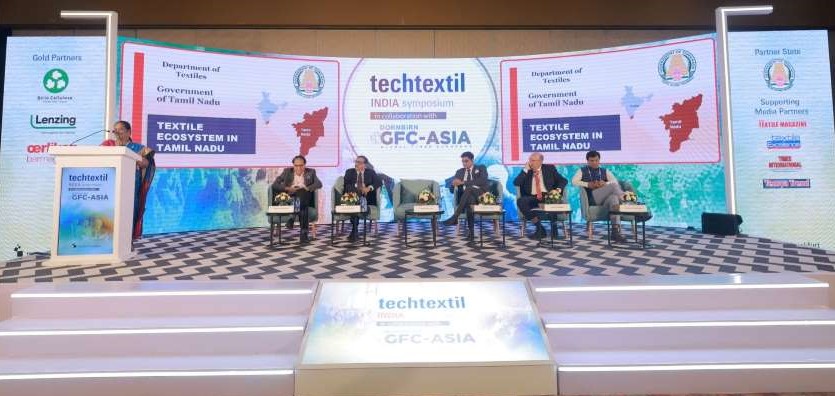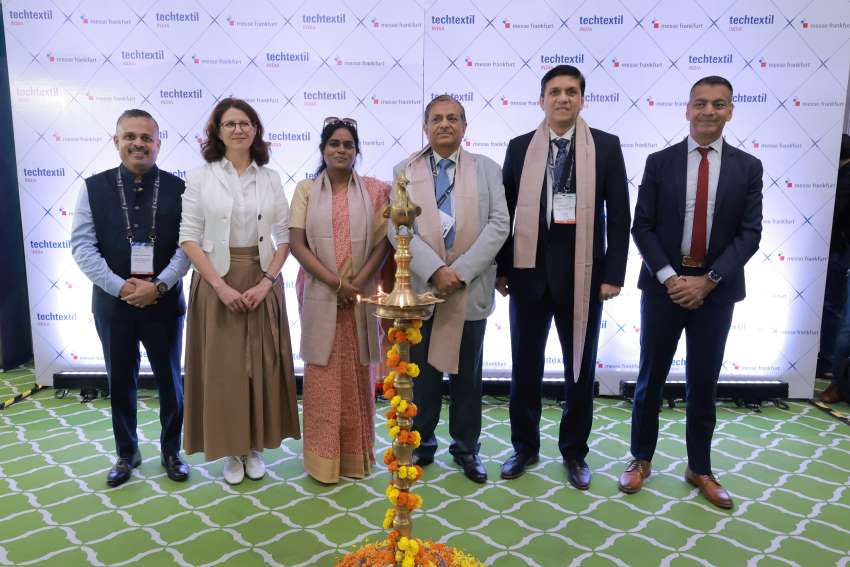Launched in August last year, the Fashion Pact has announced seven quantifiable, time-bound targets that include initiatives to reduce emissions, plastic packaging and the impact of raw materials within the fashion industry. The pact has also placed fresh emphasis on the importance of protecting biodiversity. Signatories have committed to source 25 per cent of their materials from lower-impact sources and eliminate plastic that are defined as problematic or unnecessary in packaging by 2025.
These new targets have been announced at a time when there is an accelerating urgency in the fashion industry. As per a report by the Global Fashion Agenda and McKinsey & Company, the sector is under mounting pressure from consumers and regulators to become more sustainable, in recognition of an increasingly tight time frame to meet international climate goals.
The Fashion Pact has attracted an unusually large cross-section of companies, including luxury brands like Chanel, who rarely participate in such industry initiatives. It is gaining broad participation from French brands due to its government’s encouragement and a growing realization that no one company can tackle these challenges alone, says Bruno Pavlovsky, Fashion President, Chanel.












